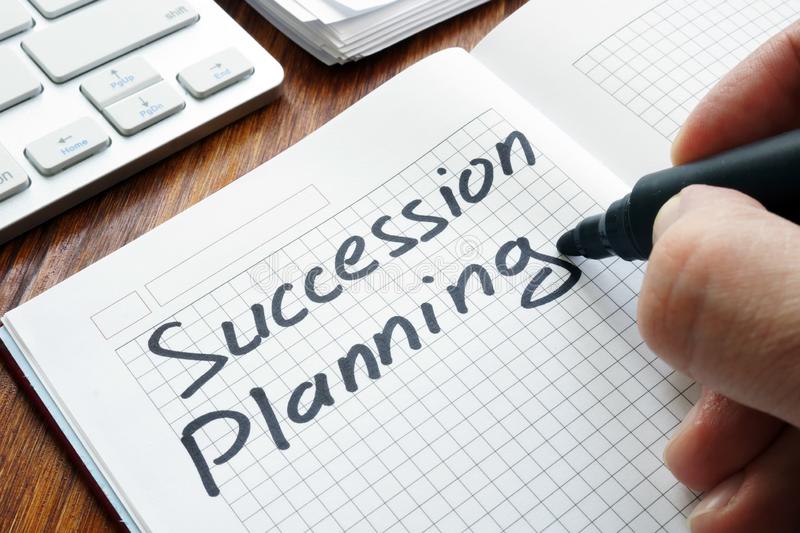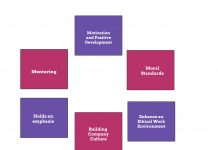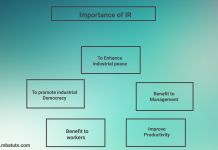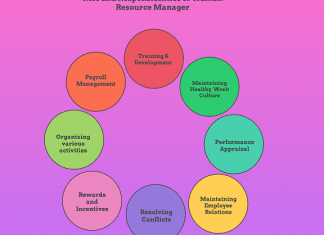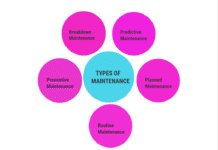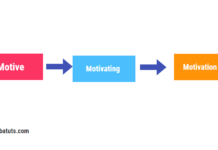Succession Planning in Human Resource Planning
Succession Planning is a part of Human Resource Planning, which gives the organization a clear idea that the employees may or may not work with the organization in the future. and so to be on the safer side, a succession plan is developed to analyze the vacancies which might take place if an employee leaves the organization, the employee might get retired, or if any sudden vacancies arise in the organization the business areas might be affected a lot. Hence to avoid all these there is a need for strategic planning to determine where and how potential employees can fill the vacant positions.
Definition of Succession Planning
“Succession planning is a strategy for passing on leadership roles often the ownership of a company to an employee or group of employees. Also known as “replacement planning,” it ensures that businesses continue to run smoothly after a company’s most important people move on to new opportunities, retire, or pass away”.
Steps in Succession Planning
1. To Find Key Business Areas and Positions
Here the key business areas are identified, i.e. the areas which are significant with respect to the operational activities and strategic objectives. After that, those positions are identified which if vacant can cause difficulty in achieving business objectives.
2. Identifying Competencies for Key areas and positions
Now you need to determine the required competencies for key business areas and positions, in order to create the selection criteria, establish performance standards and fill the difference between what the viable successors know and what they need to know, through the training and development process. It determines the knowledge, skills, ability, and experience required to achieve business goals.
3. Find out potential candidates
After competency is analyzed, the next step is to identify among various employees working in the organization, who are interested as well as have the capability to fill key business areas and positions.
4. Develop and Implement Succession Strategies
Strategies for learning, training, development, knowledge transfer and experience sharing are developed and implemented for potential successors.
5. Evaluate the Effectiveness
The last step in the succession planning process is to evaluate the succession planning and management, to ensure that all the critical business areas and positions are covered under the succession planning.


